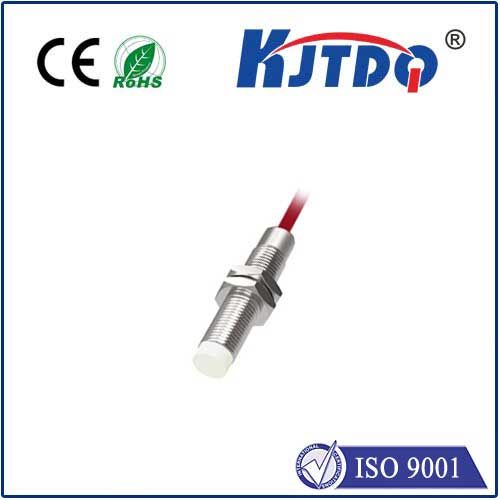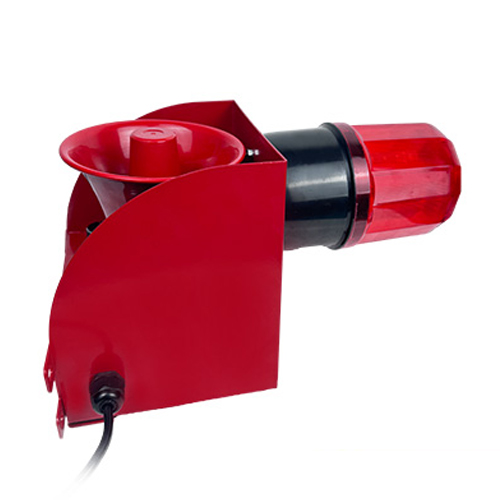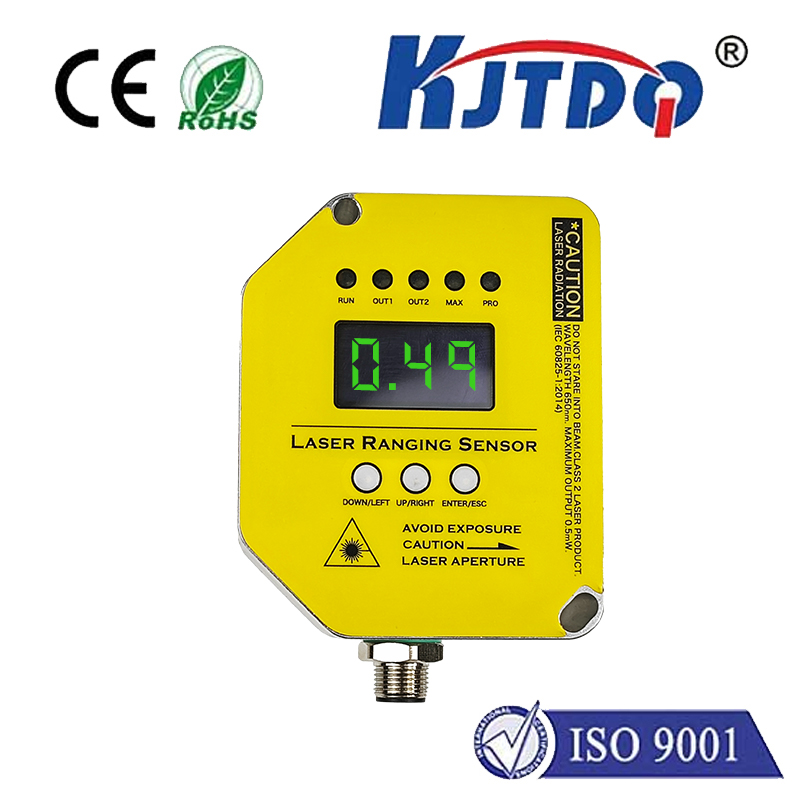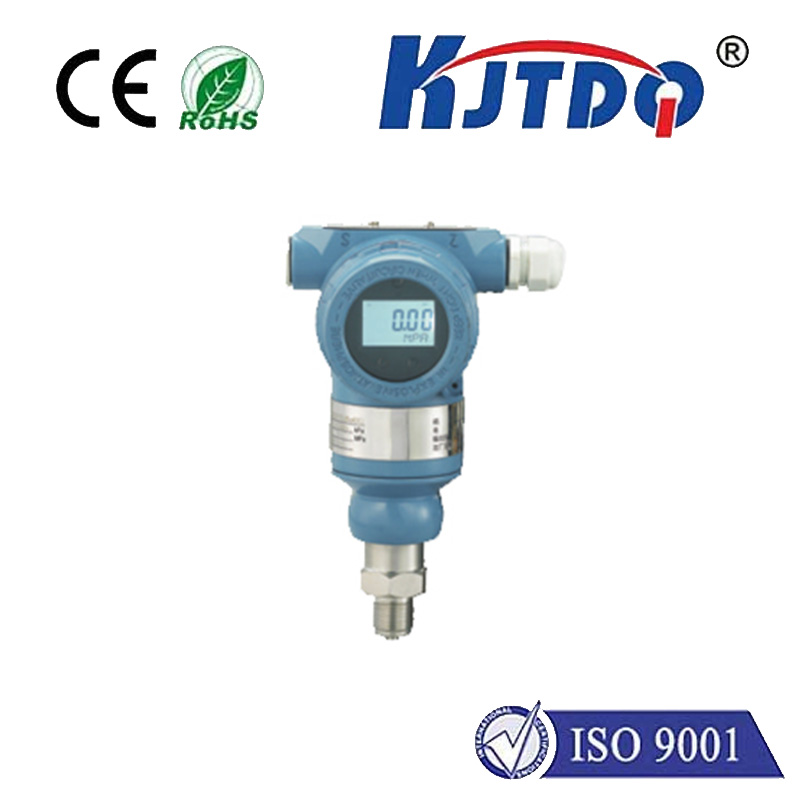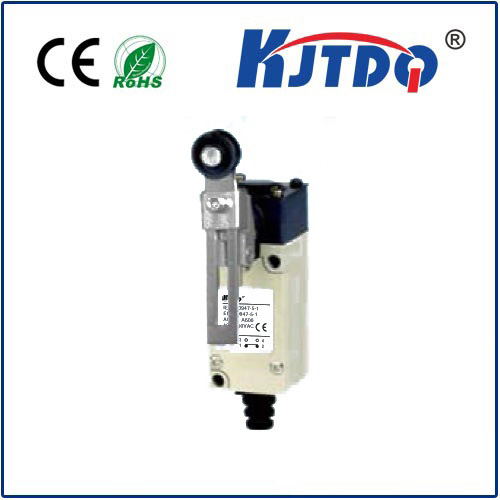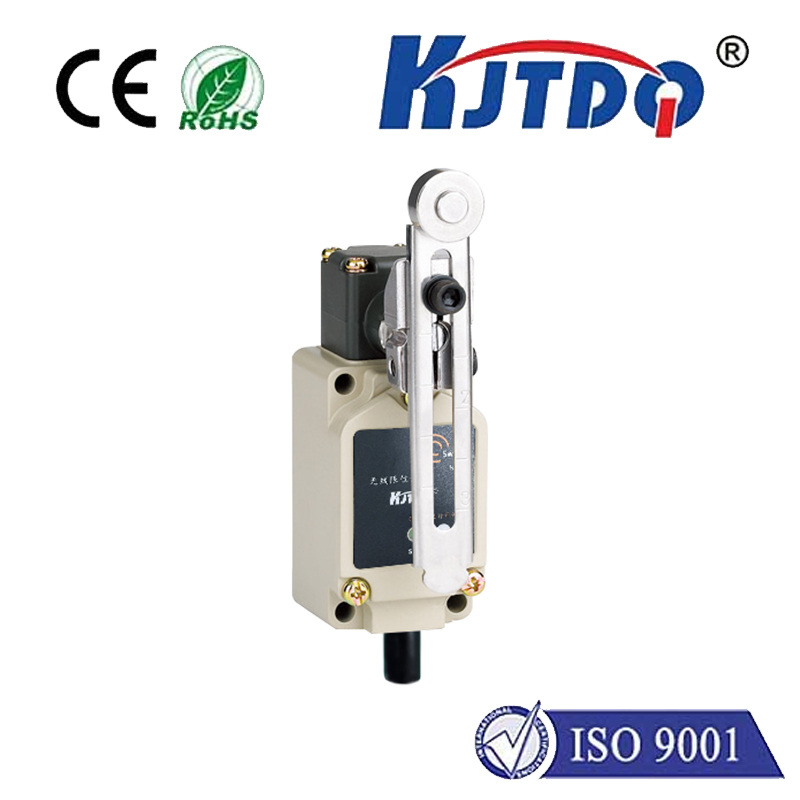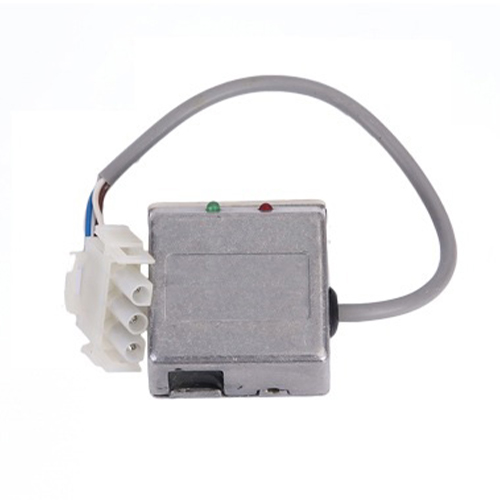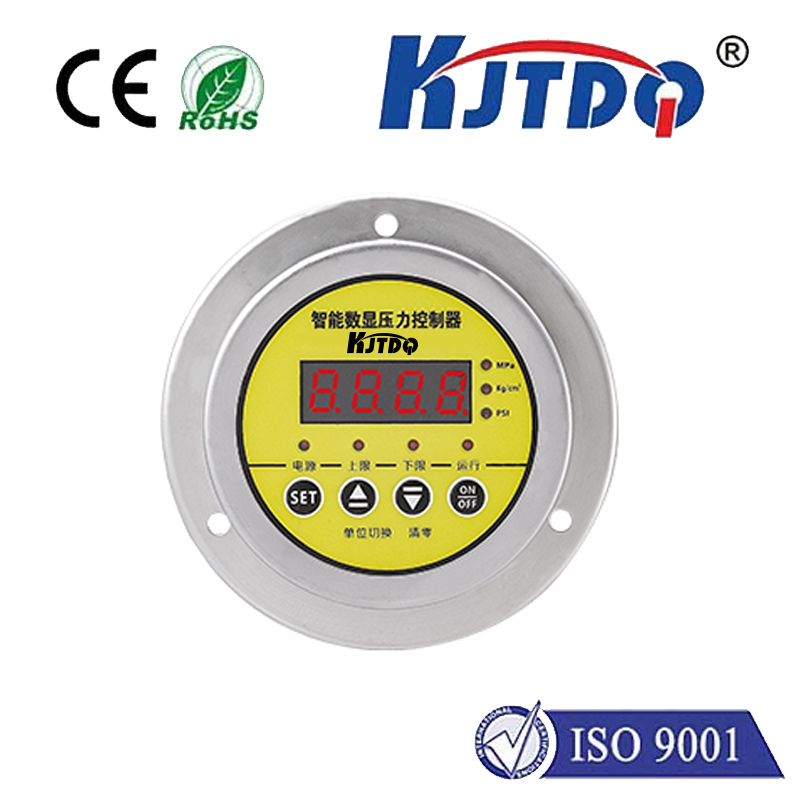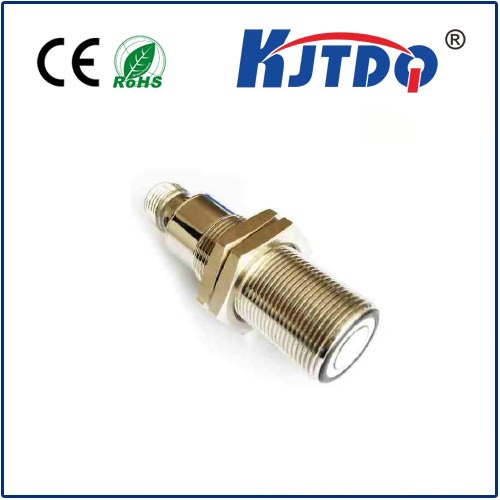automatic source changeover with current limiter
- time:2025-08-02 04:52:34
- Нажмите:0
Safeguarding Critical Operations: Automatic Source Changeover with Integrated Current Limiting
Imagine an operating room plunged into darkness mid-surgery. Or a data center processing millions of transactions experiencing a sudden shutdown. These catastrophic scenarios underscore the non-negotiable need for uninterrupted power in critical environments. While backup generators or secondary utility feeds offer a solution, the transition between power sources is often a hidden vulnerability. This is where automatic source changeover systems, particularly those equipped with sophisticated current limiting technology, become essential guardians of operational continuity and equipment safety.
Power outages and fluctuations are an unfortunate reality of grid infrastructure. Automatic Transfer Switches (ATS) are the workhorses designed to detect a primary source failure and seamlessly switch to a secondary or backup source – whether that’s a generator, a different utility feed, or an Uninterruptible Power Supply (UPS). This rapid, automated process minimizes downtime, a crucial factor for facilities ranging from hospitals and semiconductor fabs to financial institutions and communication hubs.
However, the transition itself harbors a potential pitfall: inrush current. When power is reapplied to a load, especially one involving transformers, motors, or large capacitive banks, the initial surge of current (inrush current) can be significantly higher – often 10 to 20 times or more – than the normal operating current. While brief, this massive surge creates substantial stress on the power switching devices within the ATS (like contactors or circuit breakers), the backup source (potentially overloading a generator or UPS), and crucially, the connected sensitive equipment downstream. Repeated exposure to such surges accelerates wear, increases the risk of component failure, and can even cause immediate damage or unexpected shutdowns.

Integrating an Automatic Source Changeover System with a Current Limiter directly addresses this challenge. A current limiter acts as a sophisticated “buffer” or “traffic controller” during the critical moments of power restoration. Its primary function is to actively manage and restrict the initial current flow when the load is reconnected after a transfer. Here’s how this vital synergy typically unfolds:
- Detection & Initiation: The automatic changeover system continuously monitors the primary power source. Upon detecting an unacceptable deviation (undervoltage, overvoltage, frequency shift, or complete loss), it initiates the transfer sequence to the secondary source.
- Pre-Connection Control: Before physically closing the contacts to connect the secondary/backup source to the load, the current limiting module engages.
- Managed Connection: Instead of allowing an uncontrolled rush of electricity, the current limiter regulates the flow. This is often achieved through specialized components like:
- Pre-Insertion Resistors: Inserting a resistor in series briefly to absorb the initial surge before bypassing it.
- Thyristor (SCR) Control: Using semiconductor switches to “phase in” the voltage gradually, significantly reducing the rate of current rise (dI/dt).
- Saturable Core Reactors/Solid-State Limiters: Advanced devices that inherently limit current based on core saturation or semiconductor control.
- Smooth Ramp-Up: The load experiences a controlled increase in current, reaching its nominal operating level safely over a short, predefined period (often milliseconds).
- Full Connection: Once the initial surge period has passed and the current stabilizes near the normal operating level, the limiter effectively steps out of the main power path (either physically bypassed or electronically saturated), allowing full, unimpeded power flow.
The Critical Advantages: Beyond Basic Changeover
The benefits of incorporating a current limiter into your automatic source changeover strategy are substantial and directly impact reliability and cost:
- Enhanced Equipment Protection: Drastically reduces damaging mechanical and thermal stress on switchgear components, transformers, motors, and sensitive electronics caused by inrush currents. This significantly extends the operational lifespan of both the changeover system and the protected equipment.
- Improved System Reliability: By mitigating a key failure mode during switching events, the overall resilience and reliability of the power distribution system are markedly improved. Fewer unexpected failures mean fewer unplanned outages.
- Backup Source Stability: Prevents the backup generator or UPS from being suddenly overloaded by a massive inrush current. This prevents nuisance trips (the generator stalling or the UPS shutting down) and ensures they can pick up the load smoothly and stably right from the start.
- Minimized Voltage Sag: Uncontrolled inrush currents can cause significant voltage dips on the backup source, potentially affecting other sensitive loads connected to it. Current limiting maintains voltage stability during the critical transfer phase.
- Reduced Maintenance Costs: Less wear and tear on switching components translates into lower maintenance requirements and costs over the lifecycle of the system.
Where Seamless & Safe Switching is Paramount
The combination of automatic source changeover and current limiting is indispensable for mission-critical applications:
- Healthcare Facilities: Operating theatres, intensive care units, diagnostic labs – where uninterrupted, clean power is literally life-saving. Seamless transfer and load protection are non-negotiable.
- Data Centers & Telecom: Protecting servers, storage, and network infrastructure from power interruptions and damaging surges is fundamental to service continuity and data integrity.
- Industrial Manufacturing: Preventing downtime on continuous process lines (chemicals, refining, food production) and protecting expensive, sensitive machinery (CNC, robotics, PLCs) from surge damage.
- Water & Wastewater Treatment: Ensuring critical pumps, controls, and filtration systems remain operational for public health and environmental safety.
- Financial Institutions: Maintaining uptime for trading systems, ATMs, and critical data processing.
Implementing an Effective Solution: Key Considerations
Selecting the right automatic source changeover system with current limiting requires careful analysis:
- Load Profile: Understand the types of loads (motor loads are particularly inrush-heavy), their sizes, and the total inrush current magnitude expected.
- Changeover Speed Requirements: How fast must the transfer happen? (Open Transition vs. Closed Transition capabilities).
- Current Limiting Method: Evaluate the different technologies (resistors, thyristors, reactors) based on performance, cost, size, and efficiency needs. Solid-state solutions often offer superior control and speed but have different cost structures.
- Integration: Ensure seamless communication and control between the transfer switch mechanism and the current limiter module.
- Compliance & Standards: Verify the system meets all relevant local and international electrical codes and standards (e.g., IEC, UL, IEEE).
Conclusion: A Foundational Layer of Resilience
While automatic source changeover provides the essential function of keeping the lights on during a primary power failure, the integration of a current limiter elevates the solution from basic redundancy to a truly robust and protective power management strategy. It directly addresses the hidden threat within the transition itself – the damaging inrush current. For any organization where continuous uptime, equipment longevity, and operational safety are paramount, investing in automatic source changeover with integrated current limiting is not just an upgrade; it’s a critical investment in foundational resilience. This technology ensures that when the inevitable power anomaly occurs, the switch isn’t just fast and automatic, but fundamentally *safe

